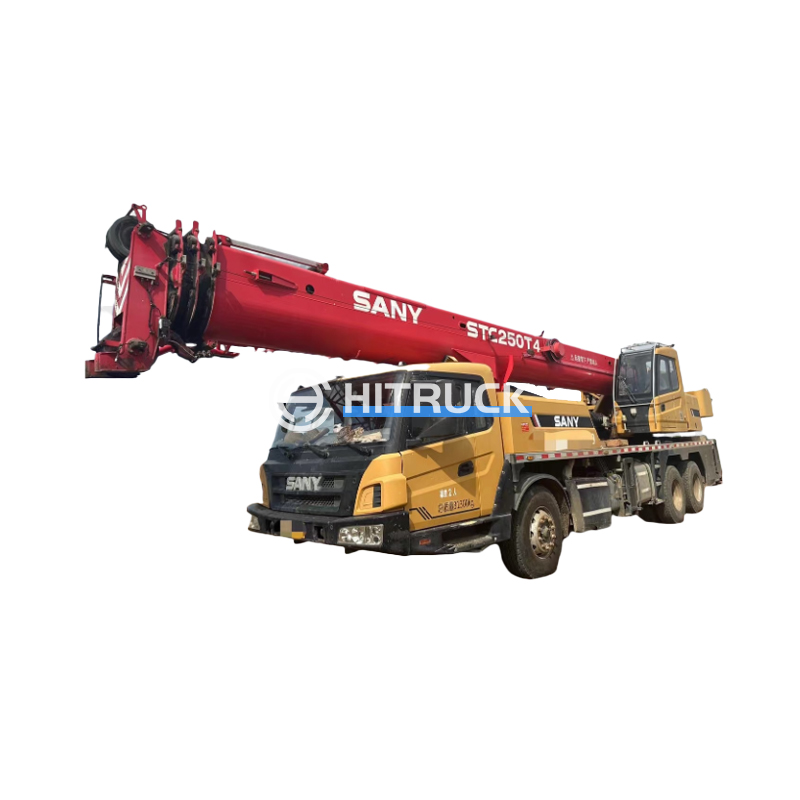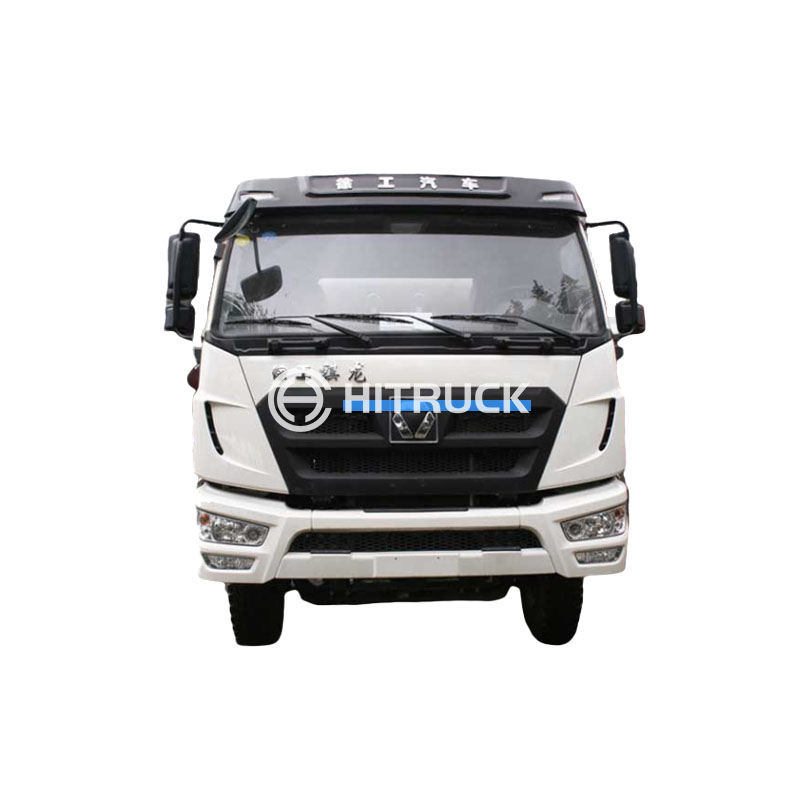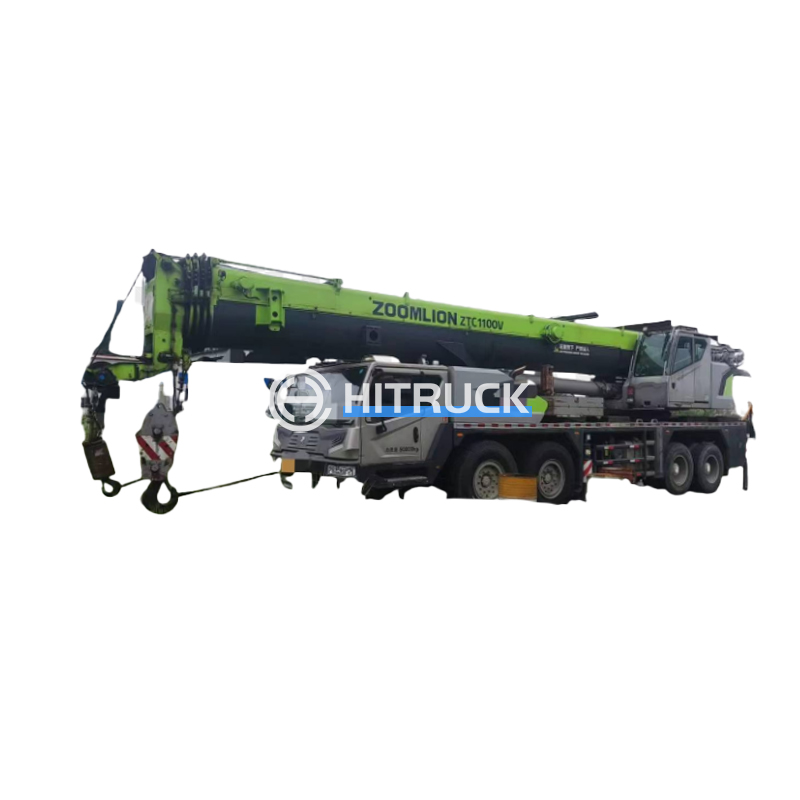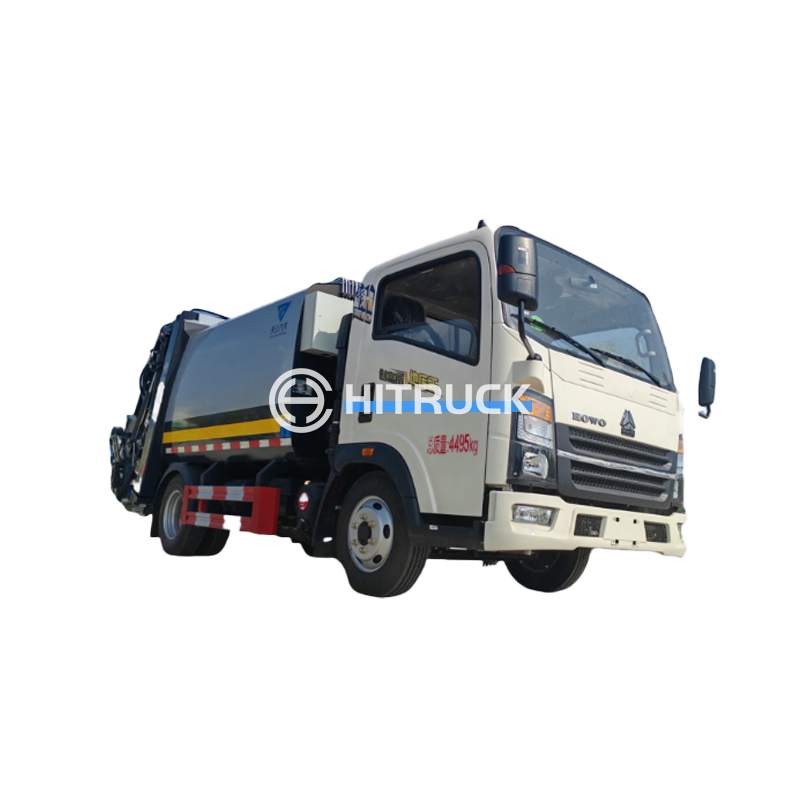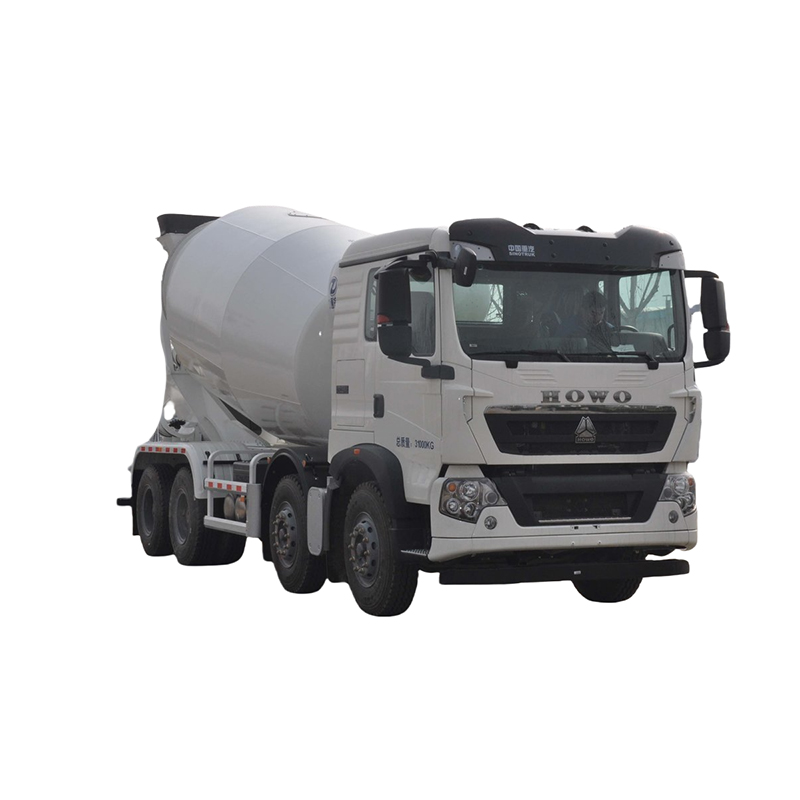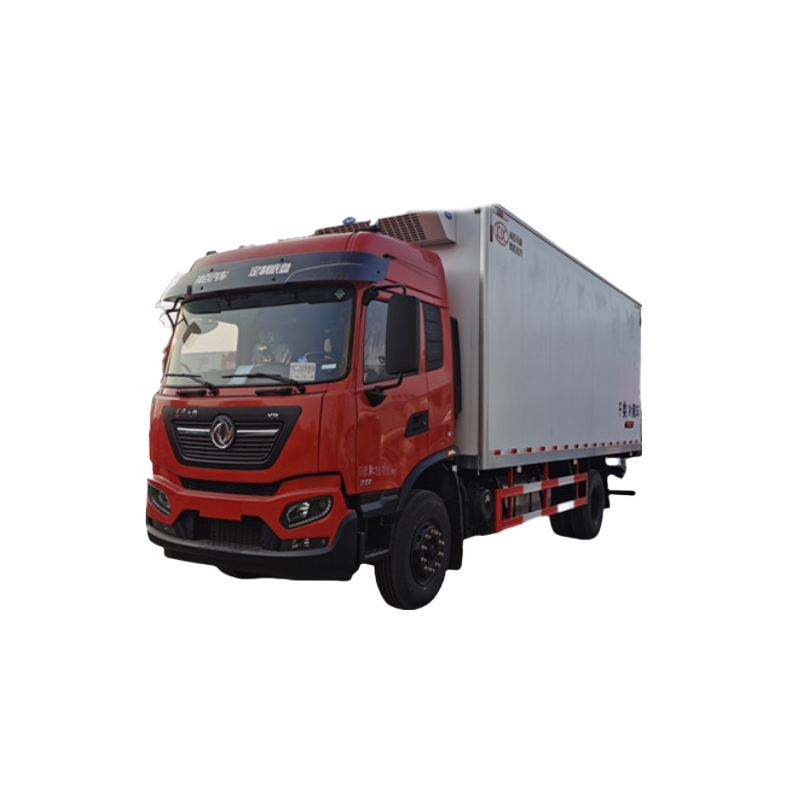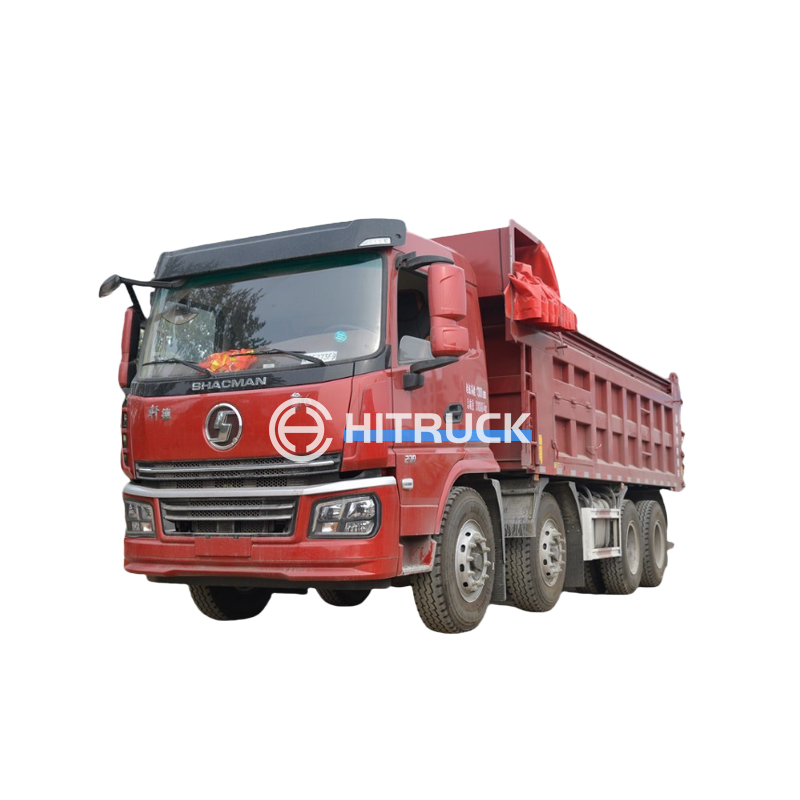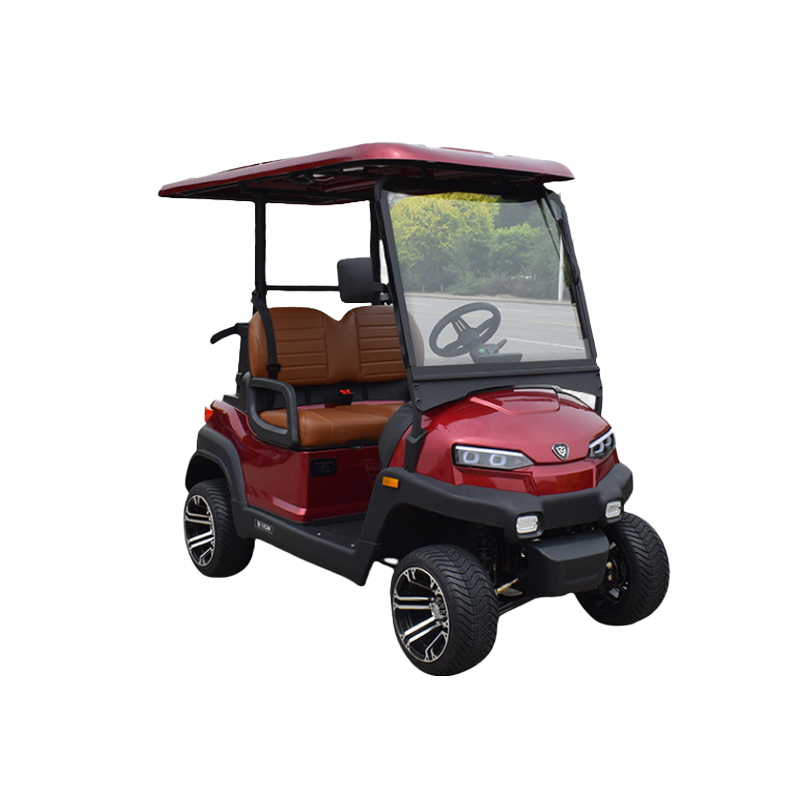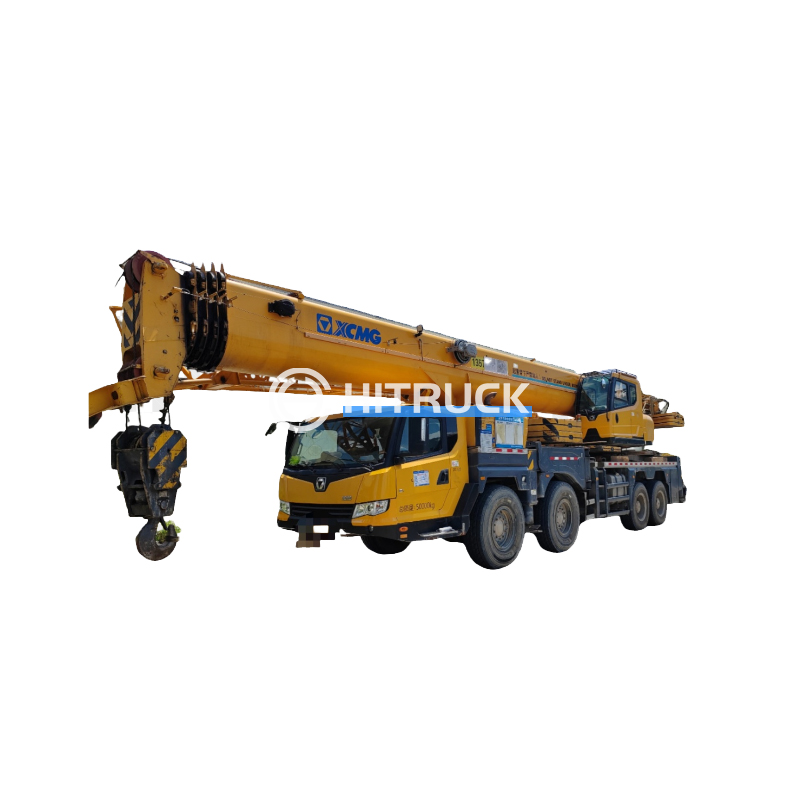How a Garbage Truck Works: A Comprehensive GuideThis article explains how a garbage truck operates, covering its different types, mechanisms, and environmental impact. Learn about the engineering behind waste collection and the role of these essential vehicles in our communities.
Understanding the inner workings of a garbage truck is more fascinating than you might think. These seemingly simple vehicles employ sophisticated engineering to efficiently collect and transport vast amounts of waste. This guide will delve into the various types of garbage trucks, their mechanisms, and the technology driving improvements in waste management. We'll explore the different systems used for lifting, compacting, and unloading garbage, as well as the environmental considerations involved in their operation. Whether you're curious about the mechanics behind waste collection or simply interested in learning more about this crucial aspect of city infrastructure, you've come to the right place.
There's a wider variety of garbage trucks than most people realize. The best type for a specific application depends on factors like terrain, waste volume, and budget. Here are a few common types:
These are the most familiar type. They use a mechanical arm to lift and dump waste containers directly into the truck's hopper. This method is efficient for high-volume residential and commercial waste collection. The compaction process inside the truck reduces the overall volume of waste, allowing for more efficient transportation. However, they may not be suitable for areas with narrow streets or limited access.
Rear-loading garbage trucks require workers to manually load waste into the back. This method is often slower than front-loading, but it can be more cost-effective for smaller communities or those with limited budgets. These trucks are often found in areas with limited space for larger trucks to maneuver. They typically have a compactor that crushes waste to maximize capacity.
Side-loading garbage trucks are designed for efficient waste collection on residential streets. They typically have an automated arm that grabs and empties waste containers from the side. This is an efficient method for areas with limited space or narrow streets. This design often allows for better maneuverability in tight spaces. For some residential areas, especially those with narrower streets, this might be a preferable option compared to front loaders.
ASLs are highly efficient and automated, using robotic arms to lift and empty containers without the need for human assistance for the loading process. This technology significantly reduces the number of workers needed and improves overall collection speed, especially in dense urban areas. The efficiency of these systems is high, contributing significantly to lower operational costs and reduced labor demands. While they have high initial costs, the automation translates into long term savings.
The compaction process is key to the efficiency of a garbage truck. Most trucks use a hydraulically powered ram or plate to compress waste, significantly reducing the volume and maximizing the capacity of the truck. This helps reduce the number of trips needed, ultimately making the operation more sustainable and less costly. The compaction ratio varies greatly among different models and can range from 4:1 to 8:1 or even higher, meaning that the volume of waste is reduced to 1/4th or 1/8th of its original size.
Modern garbage trucks are increasingly focused on reducing their environmental impact. Features like improved fuel efficiency, alternative fuel sources (such as CNG and electric), and quieter engines are becoming more common. Innovations in waste management technology are also playing a significant role, with smart sensors and data analytics being used to optimize routes and improve collection efficiency. Efficient routing of trucks through the use of GPS and other technologies is constantly improving, reducing fuel consumption and emissions. For more information on efficient and environmentally conscious waste management solutions, you can visit Suizhou Haicang Automobile sales Co., LTD to explore their offerings.
Selecting the appropriate garbage truck depends on numerous factors including budget, volume of waste, terrain, and access restrictions. Consider the pros and cons of each type before making a decision. Consult with waste management professionals to determine the best fit for your specific needs.
| Type | Pros | Cons |
|---|---|---|
| Front-Loading | High capacity, efficient | Requires space for maneuvering |
| Rear-Loading | Cost-effective for smaller operations | Slower loading process |
| Side-Loading | Good for narrow streets | May have lower capacity |
| Automated Side Loader (ASL) | Highly efficient, reduced labor | High initial cost |
This comprehensive guide provides a solid understanding of how a garbage truck operates. From the different types available to the mechanics behind waste compaction and the environmental considerations, this overview offers a detailed look into this essential part of waste management. Remember to consider your specific requirements when choosing a truck to ensure optimal efficiency and sustainability.

